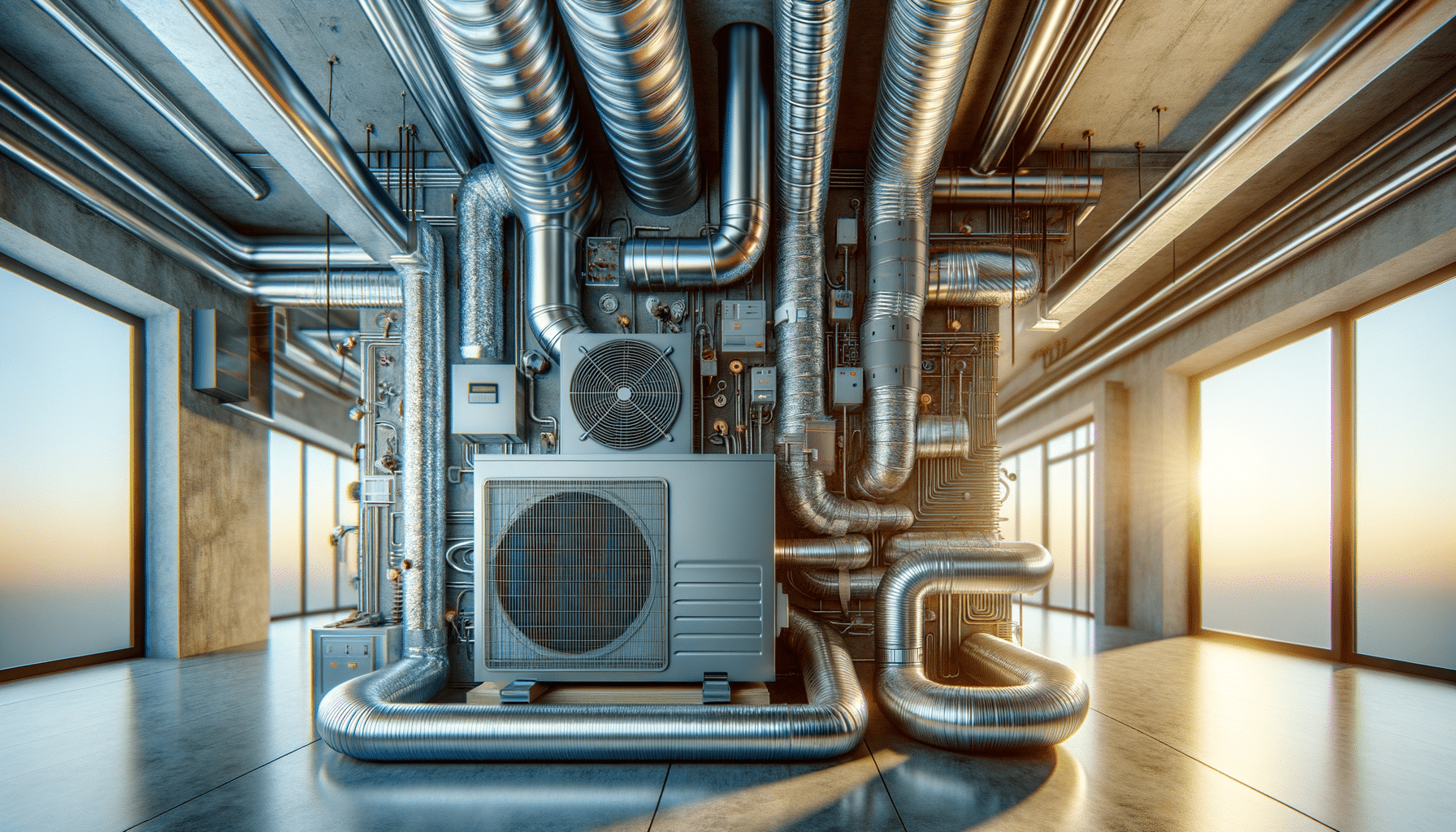
Exploring HVAC Installation Services
Introduction to HVAC Systems
Heating, Ventilation, and Air Conditioning (HVAC) systems are integral to maintaining comfort and air quality in residential and commercial spaces. These systems regulate temperature, humidity, and air purity, ensuring a healthy environment. With increasing attention to energy efficiency and environmental impact, modern HVAC systems are designed to be more efficient and sustainable than ever before.
An HVAC system typically consists of several components, including a furnace or boiler, an air conditioner, ductwork, and a thermostat. Each part plays a crucial role in the system’s overall functionality. Understanding these components and how they interact can help in making informed decisions about installation and maintenance.
Components of HVAC Systems
The primary components of an HVAC system include the heating unit, cooling unit, and ventilation system. Each component is designed to address specific aspects of climate control:
- Heating Unit: This can be a furnace or a boiler. Furnaces heat air and distribute it through the building via ductwork, while boilers heat water or steam for radiators or radiant floor systems.
- Cooling Unit: Air conditioners remove heat from indoor air and expel it outside. They come in various types, including central air conditioners, split systems, and window units.
- Ventilation System: This system ensures a continuous flow of fresh air into the building while expelling stale air. It can be natural or mechanical, with mechanical systems using fans and ductwork.
Understanding these components helps in selecting the right system for specific needs, considering factors like building size, climate, and energy efficiency.
Choosing the Right HVAC System
Selecting an HVAC system involves several considerations to ensure it meets the specific needs of a space efficiently. Here are key factors to consider:
- Size and Capacity: The system must be appropriately sized for the building. An undersized system will struggle to maintain comfort, while an oversized one can lead to inefficiencies and increased costs.
- Energy Efficiency: Look for systems with high Seasonal Energy Efficiency Ratios (SEER) for air conditioners and high Annual Fuel Utilization Efficiency (AFUE) ratings for furnaces.
- Climate Considerations: Different climates require different solutions. For instance, heat pumps are more efficient in moderate climates, while furnaces might be necessary in colder regions.
Consulting with HVAC professionals can provide valuable insights into the best options for a particular setting, balancing initial costs with long-term savings.
Installation Process of HVAC Systems
Installing an HVAC system is a complex process that requires professional expertise to ensure safety and efficiency. The installation process typically involves several steps:
- Assessment and Planning: Professionals evaluate the space, taking measurements and determining the most suitable system and layout.
- Installation of Components: This involves placing the heating and cooling units, setting up ductwork, and installing a thermostat.
- Testing and Adjustments: Once installed, the system is tested to ensure it operates correctly. Adjustments are made to optimize performance and efficiency.
Proper installation is crucial as it affects the system’s longevity and efficiency. It’s recommended to hire experienced HVAC technicians to handle the installation process.
Maintenance and Troubleshooting of HVAC Systems
Regular maintenance is essential to keep HVAC systems running efficiently and to extend their lifespan. Key maintenance tasks include:
- Regular Inspections: Technicians should inspect the system annually to identify potential issues before they become significant problems.
- Filter Replacement: Filters should be replaced every 1-3 months to maintain air quality and system efficiency.
- Cleaning Components: Keeping components like coils and ductwork clean can prevent blockages and improve airflow.
In addition to routine maintenance, being aware of common troubleshooting tips can help address minor issues, such as checking thermostat settings, ensuring power supply, and examining ductwork for leaks. When in doubt, professional assistance should be sought to avoid further complications.
Conclusion: The Importance of HVAC Systems
HVAC systems are vital for creating comfortable and healthy indoor environments. From selecting the right system to ensuring proper installation and maintenance, each step is crucial in maximizing efficiency and longevity. As technology advances, HVAC systems continue to evolve, offering more sustainable and economically viable solutions. Investing in a quality HVAC system and its upkeep not only enhances comfort but also contributes to energy conservation and environmental protection.
Whether you’re considering a new installation or maintaining an existing system, understanding the nuances of HVAC systems can lead to informed decisions that benefit both the occupants and the environment.
